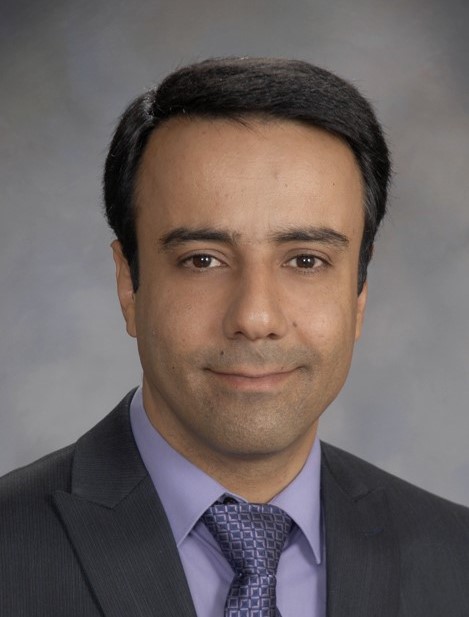
Research Interests:
Moving Target Defense, Security and Privacy of Industrial Control Systems, Wireless Networks, Wearable Medical Devices, IoT, Malware Analysis, Machine Learning, and Zero Trust.
Dr. Heydari's research interests lie within Moving Target Defense (MTD) methods, Zero Trust networking, security and privacy of Industrial Control Systems and the Internet of Things, Wireless Networks, Wearable Medical Devices, and applications of Machine Learning in Malware Analysis. He has worked on detecting different attacks against Mobile Ad Hoc Networks (MANETs) and the reliability of data collection in Wireless Sensor Networks (WSNs). He also proposed a queuing analysis for delay calculation in Wireless Ad Hoc Networks.
Selected Publications:
J. Kiger, S-S. Ho, and V. Heydari, “Malware Binary Image Classification Using Convolutional Neural Networks,” 17th International Conference on Cyber Warfare and Security, (ICCWS), 2022.
I. Ogiriki, C. Beck, and V. Heydari, “Technical analysis of Thanos Ransomware,” 17th International Conference on Cyber Warfare and Security, (ICCWS), 2022.
V. Heydari, “Removing Target Defense for Internet-Controlled Systems,” In proc. 7th IEEE Cyber Science and Technology Congress, Calabria, Italy, 2022.
V. Heydari, “Moving Target Defense for Securing SCADA Communications,” IEEE Access, vol. 6, pp. 33329-33343, 2018.
V. Heydari and S. M. Yoo, “Timeout Period Analysis to Detect Black Hole Attack in Multihop Wireless Ad Hoc Networks,” Springer's International Journal of Wireless Information Networks, 2017.
V. Heydari, S. Kim, and S.M. Yoo, “Scalable Anti-Censorship Framework using Moving Target Defense for Web Servers,” IEEE Transactions on Information Forensics and Security, vol. 12, no. 5, pp. 1113-1124, 2017.
V. Heydari, S.M. Yoo, and S. Kim, “Secure VPN using Mobile IPv6 based Moving Target Defense,” In proc. IEEE Global Communications Conference, (GLOBECOM), Washington, DC, 2016.
Contact Information
Chair:
Dr. Shuangbao (Paul) Wang
McMechen Hall Suite 507
Phone: (443) 885-4503
Fax: (443) 885-8213
cs-chair at morgan.edu
Administrative Assistant:
Ms. Wendy Smith
McMechen Hall Suite 507
Phone:(443) 885-3962
Fax: (443) 885-8213
compsci@morgan.edu
Administrative Assistant:
Ms. Grace Steele
McMechen 507
Phone: (443) 885-1053
Twitter:
Contact Information
Chair:
Dr. Shuangbao (Paul) Wang
McMechen Hall Suite 507
Phone: (443) 885-4503
Fax: (443) 885-8213
cs-chair at morgan.edu
Administrative Assistant:
Ms. Wendy Smith
McMechen Hall Suite 507
Phone:(443) 885-3962
Fax: (443) 885-8213
compsci@morgan.edu
Administrative Assistant:
Ms. Grace Steele
McMechen 507
Phone: (443) 885-1053
Twitter:

